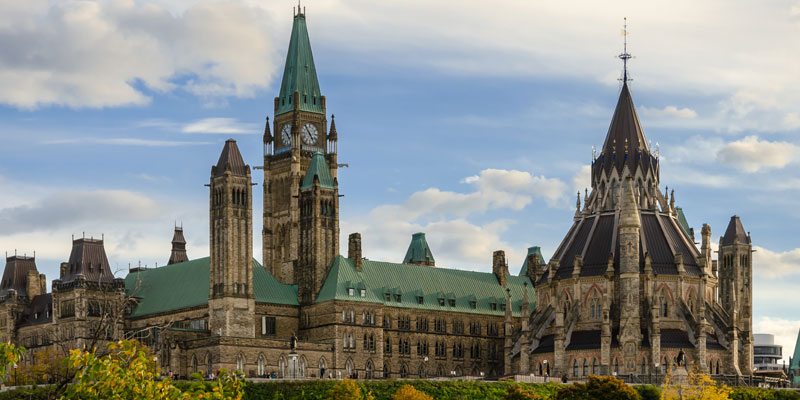Trudeau government must tackle federal budget deficit

Recent estimates indicate that Canada’s federal government will eclipse $250 billion this year, the highest nominal deficit on record. With new spending announcements coming regularly, it’s possible this number will be even greater. As the Trudeau government prepares to release its fiscal snapshot on July 8, it’s important to look at the full context around Canada’s deficit situation, including historical lessons.
This year’s historic deficit will lead to a notable spike in debt. However, while this year’s totals are extraordinary, they amplify a trend of the past four years when Canada’s fiscal situation deteriorated due to persistent deficits. Our deficit problem must be dealt with sooner rather than later, otherwise the federal government risks repeating the mistakes of the 1960s to 1990s that led to a near debt and currency crisis. At that time, the Wall Street Journal referred to Canada as an “honourary member of the Third World” due to the magnitude of national debt.
Needless to say, sizeable and persistent deficits are a problem Canada has dealt with before.
Between the early 1970s and the mid-1990s, the federal government ran a deficit every year. Deficits during this time were substantial, exceeding 3 per cent of GDP most years and reaching as high as 8.1 per cent of GDP in 1985. While there remains much uncertainty about the remainder of 2020, some estimates suggest Canada could run a deficit equivalent to about 11 per cent of GDP this year.
To return to balance, it’s important to understand what Canada did to finally tackle its deficit problem in the mid 1990s. Importantly, the Chrétien government did not wait for growth in revenues to outpace spending. Rather, reductions in government spending were introduced. In 1995, for example, program spending was reduced by 5.7 per cent, and the following year program spending was decreased by another 6.4 per cent. Among other reforms, this allowed for a remarkable turnaround from a sizeable deficit to a modest surplus in just three years, marking the beginning of a decade of budgetary surpluses.
The experience of other countries provides insight as well. Research by late Harvard economist Alberto Alesina examined the experience of countries dealing with sizeable deficits following a recession. The results in his historical analysis are clear: government spending reductions are less harmful to the economy than raising taxes.
Another historical lesson is that governments must act quickly and decisively when bringing deficits under control. The persistent large deficits of the 1970s, ’80s, and early ’90s were the result of successive governments delaying action. When the issue peaked in the mid-1990s, Canada’s debt had skyrocketed, with debt-servicing costs reaching $49.4 billion in 1995/96, which diverted more than a third of Ottawa’s revenues away from other government priorities to interest payments. Today’s government can help avoid this situation by acting quicker than governments of the past.
Canada will also face additional fiscal challenges today compared to the situation in the 1970s to 1990s. Labour force participation grew steadily in the ’70s and ’80s, providing a boost to the economy. But there is little chance of this repeating itself. Indeed, labour force participation is expected to decline for the foreseeable future and an aging population will put pressure on government budgets. Put differently, the need to quickly tackle persistent and large deficits may be more pressing now than it was before.
Success in dealing with Canada’s budget deficits will require a policy change from the current federal government over its lack of concern in controlling spending. If Canada is to successfully deal with its deficit problem, committing to spending reductions in the near future would be a good place for the federal government to start in its fiscal snapshot.

